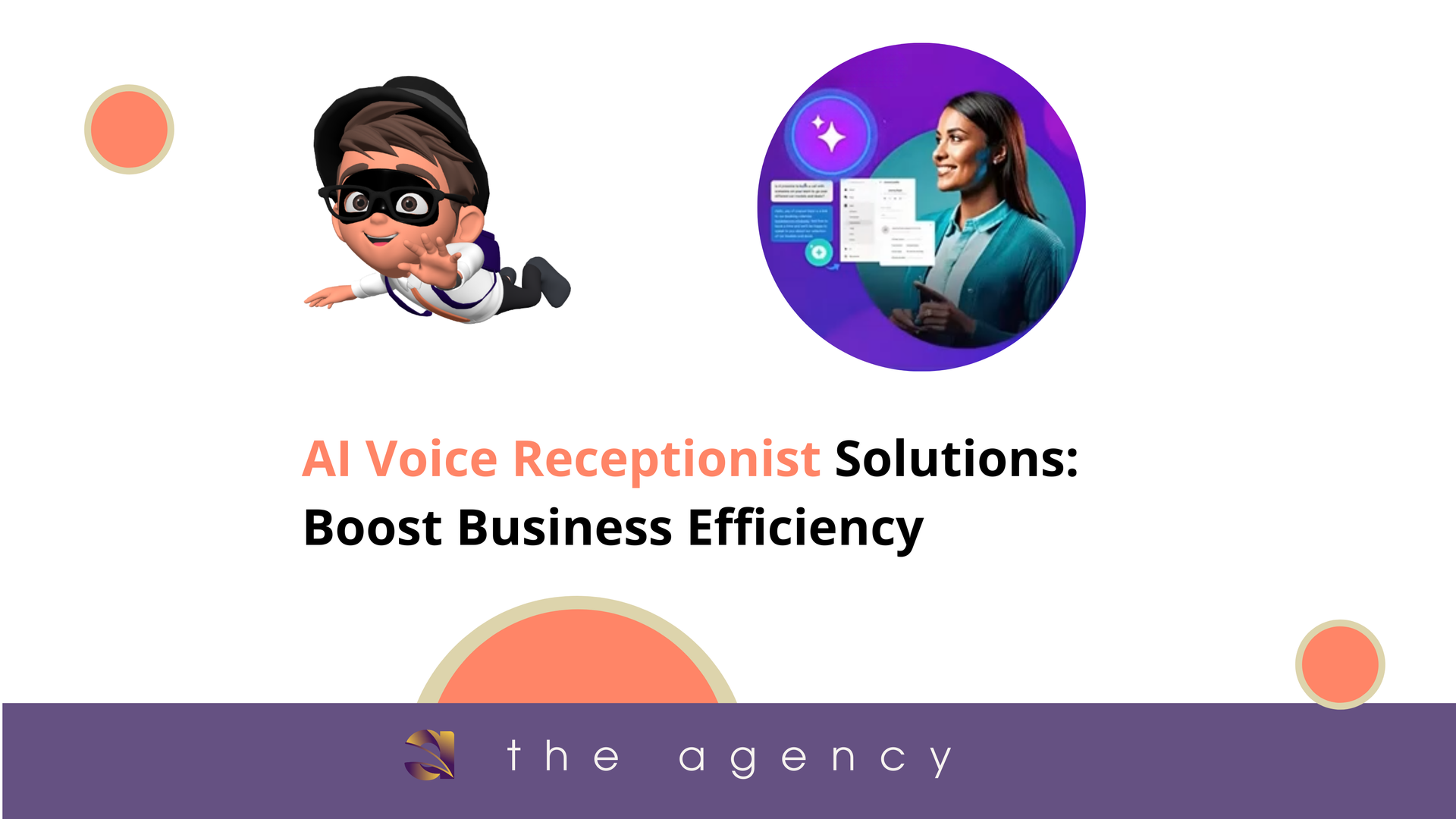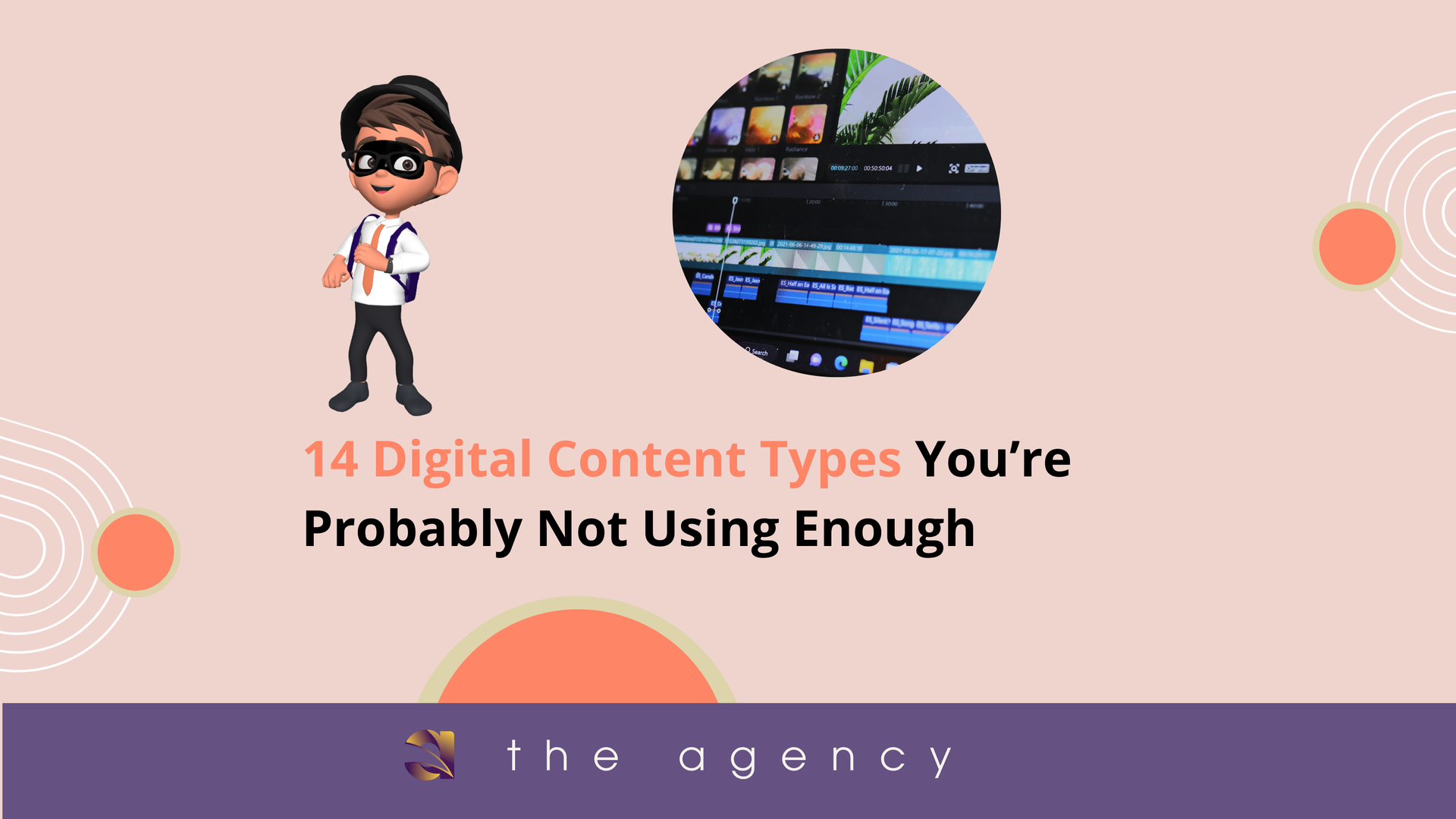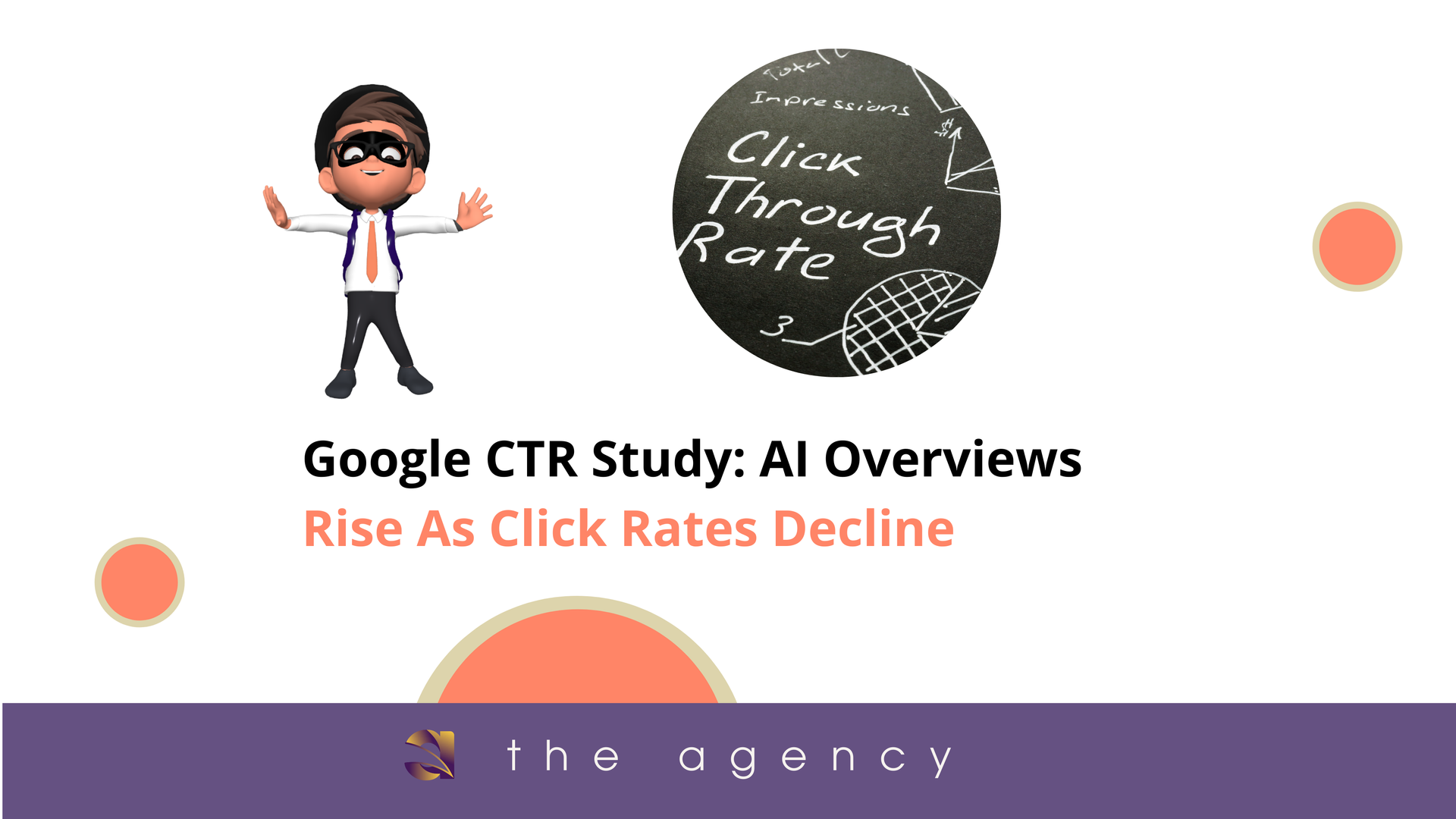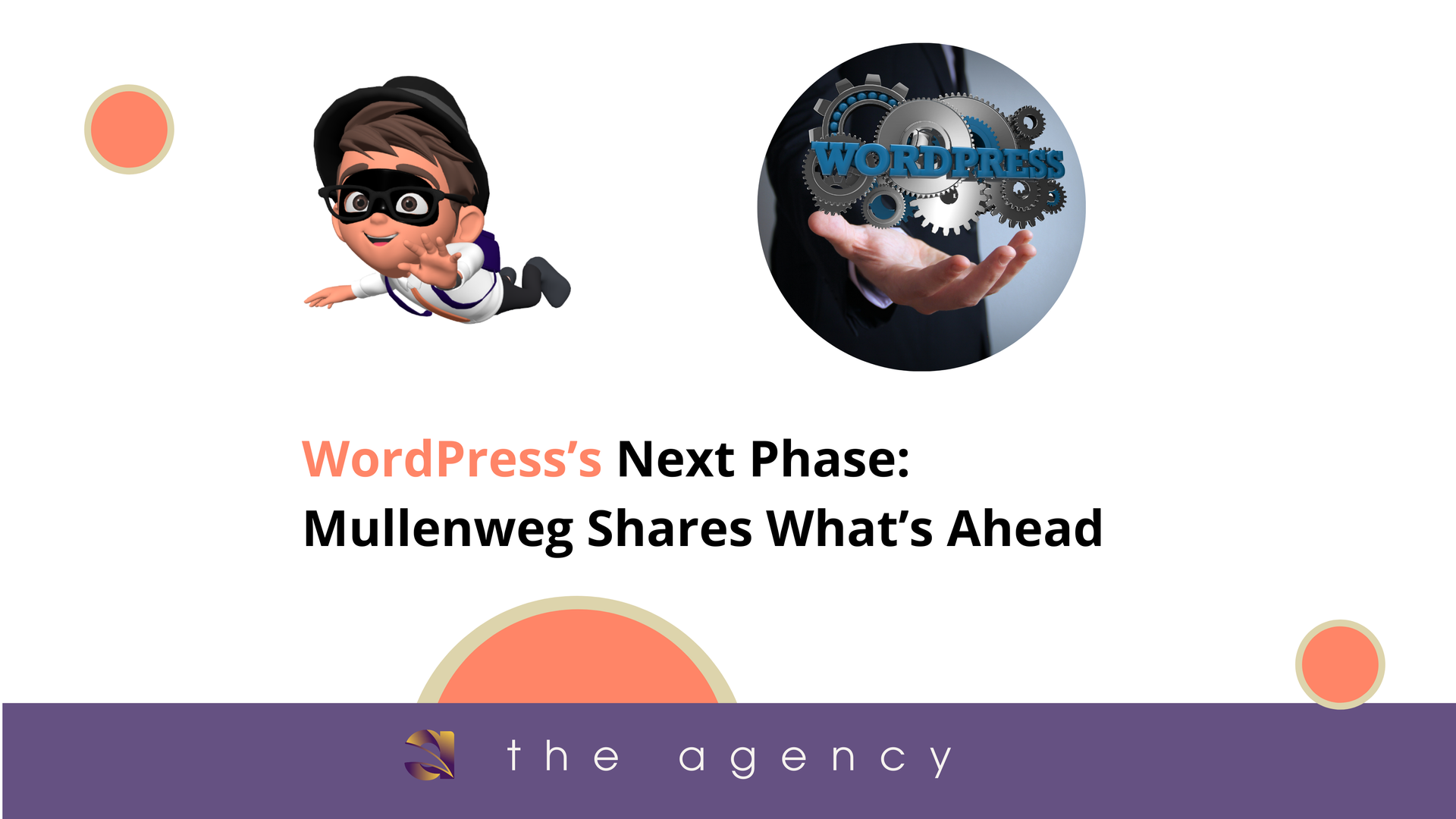Master Social Media and Management: Tips for Success
Social Media Management Tips for Success
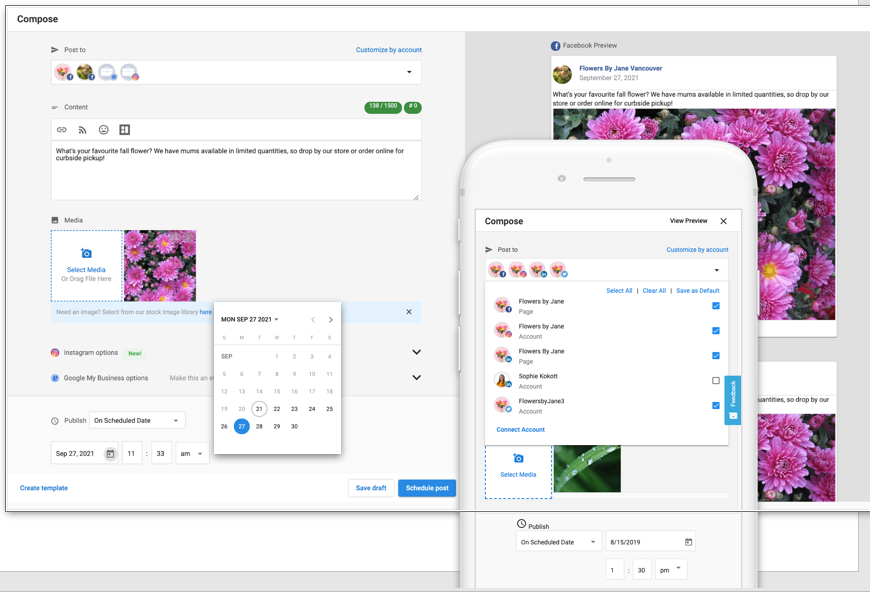
Key Highlights
- Strategic Approach: Effective social media management hinges on a well-defined strategy that aligns with your overall business objectives.
- Content is Key: Engaging content tailored to your target audience is crucial for capturing attention and driving interaction on social media.
- Audience Engagement: Building a loyal community involves active listening, responding to comments, and fostering meaningful conversations with your followers.
- Data-Driven Decisions: Analyzing social media analytics provides valuable insights into what resonates with your audience, allowing you to refine your strategies for optimal results.
- Stay Ahead of the Curve: The social media landscape is dynamic. Keep learning about emerging trends, platform updates, and new technologies to maintain a cutting-edge presence.
In today's online world, having a good social media plan is crucial for businesses that want to succeed. Creating a strong online presence requires several steps. This includes making content, talking to your audience, and studying data. This blog post will share useful tips for managing social media. We want to help you improve brand awareness and achieve real results. From making interesting social media content to using analytics, we will give you the tips and tools needed to handle social media well.
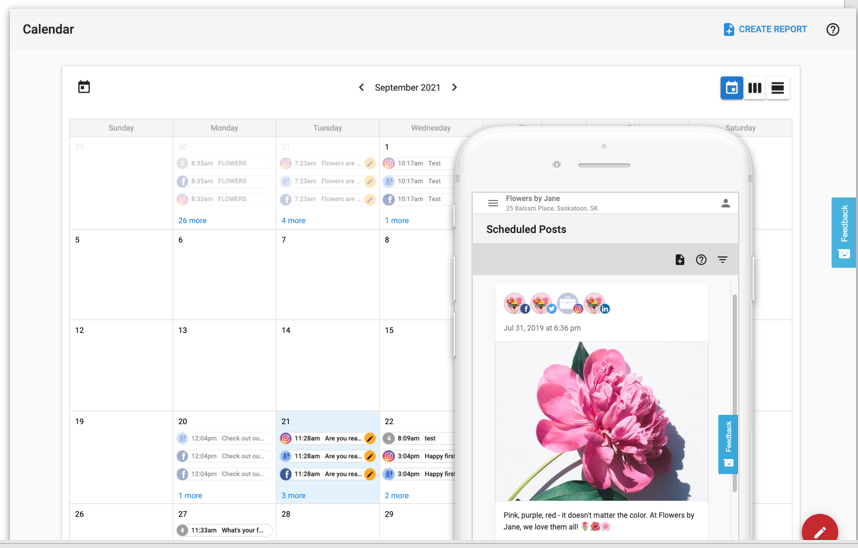
Understanding the Basics of Social Media Management
Social media management is more than just posting on social media. It is about building a strong online community and meeting specific business goals. This involves planning, creating, sharing, and checking content on different social media channels. The aim is to create a strong brand presence, build real connections, and increase sales.
Good social media management needs you to know your target audience well. You should create content that grabs attention and keep track of how it performs. This work is not finished; it requires constantly updating your plan based on what the data shows and adjusting to changes in social media platforms.
The Role of a Social Media Manager
A social media manager is important for shaping a brand's online presence. They create and carry out social media strategies that fit with the brand’s marketing goals. Their work includes making interesting social media content, keeping track of brand mentions, and connecting with followers.
Content creation is a key part of a social media manager's job. They make visually appealing and informative content, like eye-catching graphics, videos, and engaging text posts. They also need to keep up with social media trends to make sure the brand stays relevant and engaging in the fast-changing digital world.
In addition, social media managers help build and strengthen online communities. By replying to comments, answering questions, and encouraging meaningful conversations, they create a positive experience for followers. This helps turn casual visitors into loyal brand advocates.
Key Components of Effective Social Media Strategy
An effective social media
marketing strategy is like a guide to help you reach your online goals. It starts with really understanding your target audience. This means knowing who they are, what they like, how they act, and which social media platforms they use. When you know your target audience, you can create content that really connects with them.
Creating engaging content is key to grabbing attention in the busy digital space. Your posts should mix helpful information, fun ideas, and attractive visuals that fit your brand. Posting regularly keeps your audience interested and makes sure they remember your brand.
To build brand awareness and gain loyal followers, you need to engage with people often. Replying quickly to comments, answering questions, and joining discussions show that your brand cares about its audience.
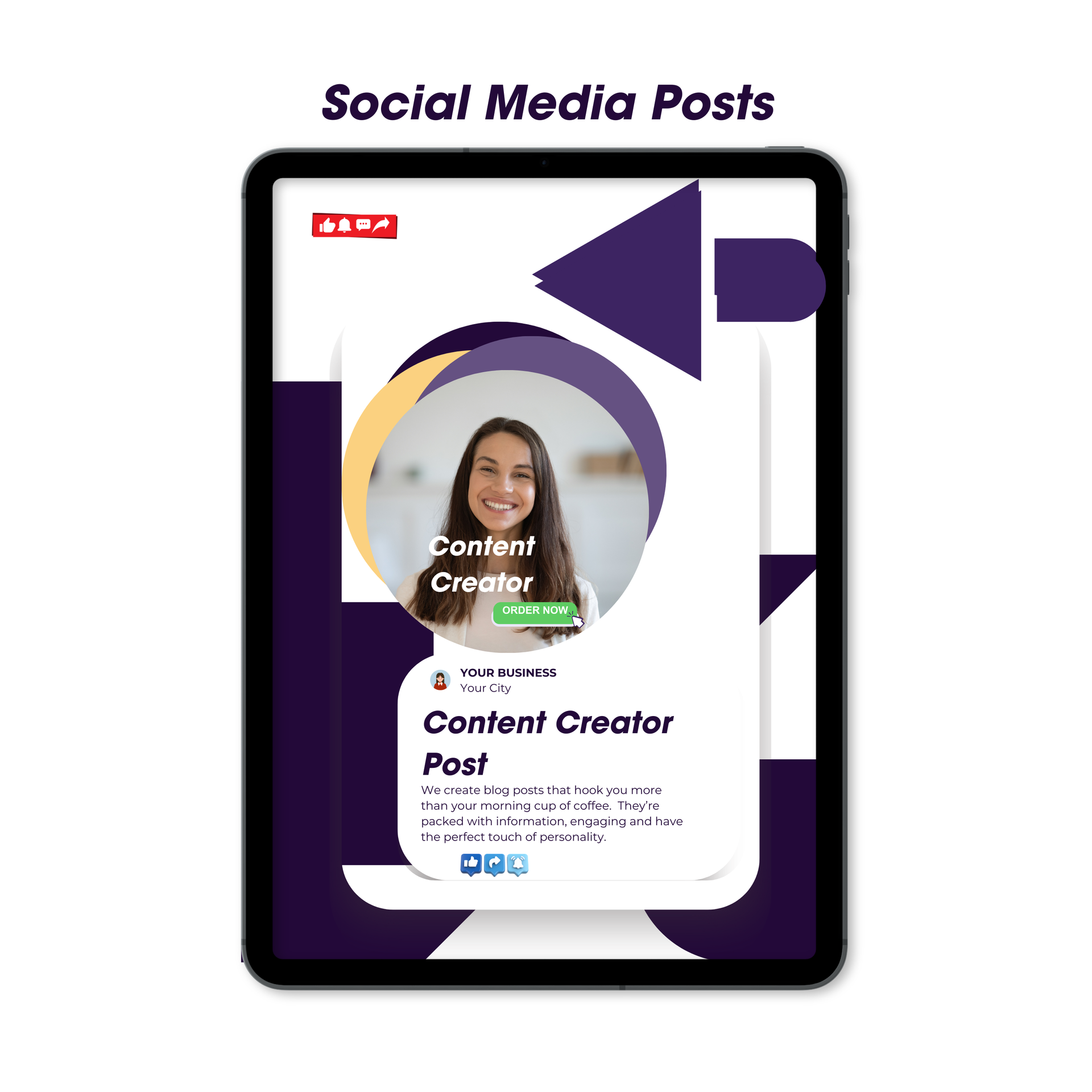
Setting Up for Success: Strategic Planning
Before jumping into hashtags and catchy captions, it is important to start with good planning. This first step prepares you for a successful time on social media. You need to set your goals, know who your target audience is, and choose the best platforms to reach them.
Planning helps make sure your social media efforts match your business objectives. Whether you want to build brand awareness, get new leads, or boost sales, having a clear plan guides your social media work.
Conducting a Thorough Social Media Audit
A full social media audit shows you a clear picture of your current online presence. First, find all your social media profiles that showcase your brand. Check how they are doing by looking at important metrics like follower growth, engagement rates, and reach. Notice which content formats and topics did well before.
Next, take a look at social listening. This helps you see what people are saying about your brand and industry. Keep an eye on brand mentions, track important hashtags, and watch what your competitors are doing.
This useful information can help you improve your
content strategy, connect with your target audience, and stay updated on industry trends.
The information you get from your social media audit acts like a guide for future content creation. By knowing what works, what doesn’t, and what your audience discusses, you can enhance your efforts for better results.
Establishing Clear, Achievable Goals
Setting clear goals is very important for a good social media plan. These goals should match your main business aims. This might mean increasing brand awareness, driving website traffic, boosting sales, or getting more leads.
Make sure your goals are
specific, measurable, attainable, relevant, and time-bound (SMART).Having clear goals gives you direction and purpose in your social media work. When you know what you want to do, you can shape your content strategy, choose the right platforms, and engage your audience better to reach those goals. If your goals are vague, it can create mixed efforts and poor results.
To see how you are doing and to check the success of your social media actions, find key performance indicators (KPIs) for each goal. For example, if your goal is to increase brand awareness, you might look at reach, impressions, and brand mentions. By tracking these KPIs regularly, you can see your progress, make changes if needed, and show the worth of your social media efforts.
Identifying Key Performance Indicators (KPIs)
Measuring success on social media means you need to find important indicators called key performance indicators (KPIs). Look at numbers like engagement rates, clicks, and conversions. These help you understand how well your social media efforts work. Use social media analytics tools to see your performance and change your plans if needed. Your KPIs may differ based on what you want to achieve, like raising brand awareness, getting more website traffic, or increasing sales. By having clear KPIs linked to your business goals, you can track your progress and improve your social media strategy to get the best results.
Understanding Your Audience Demographics
and Preferences
Understanding your
target audience is very important for making good social media content. This starts with doing careful audience research. You should look into their demographics, interests, behaviors, and online habits. Use social media analytics, conduct surveys, and check out online communities where your target audience interacts.
Finding out about their age, location, gender, and job helps you create content that meets their needs and desires. It is also helpful to know their interests, hobbies, and problems. This information can guide you in making engaging and relevant social media content.
Knowing where your target audience spends their time online is key. Understand which social media platforms they like and what type of content they prefer. This way, you can improve your content strategy for better results. Keep in mind that making content that connects with your audience’s interests and needs is much better than posting generic content.
Selecting the Right Platforms for Your Brand
Choosing the right social media channels is very important for reaching more people and getting them to engage. To do this well, research different platforms and their user groups. This helps you find the best options that fit your target audience.
Think about your business and what you sell. If you work in areas like fashion or food, platforms like Instagram or Pinterest can be great for showing off your products. If your audience is mostly professionals, consider using LinkedIn for networking and sharing expert content.
Each platform has its own special features and audience needs. By picking the right channels that match your target audience and your brand, you can make your social media efforts stronger. Remember, it is better to focus on the platforms where your target audience is active, instead of trying to be everywhere at once.
Crafting a Flexible Editorial Calendar
Creating a content calendar helps keep your social media posts organized and regular. Begin by thinking of content ideas that match your brand's style, values, and what your target audience likes. Try to include different types of content, like fun text posts, nice images, helpful videos, and fun polls.
Use scheduling tools to set up your social media posts ahead of time. This keeps your content flowing smoothly, even on your busiest days. It’s important to stick to your schedule, but being flexible is just as important. The Agency provides the best DIY social media tool for $30 per month.
Sign up today.
Stay flexible and change your content calendar based on new trends, current events, or surprises. For example, if a relevant industry event or holiday comes up, changing your calendar to include it can boost engagement and make your content more relevant.
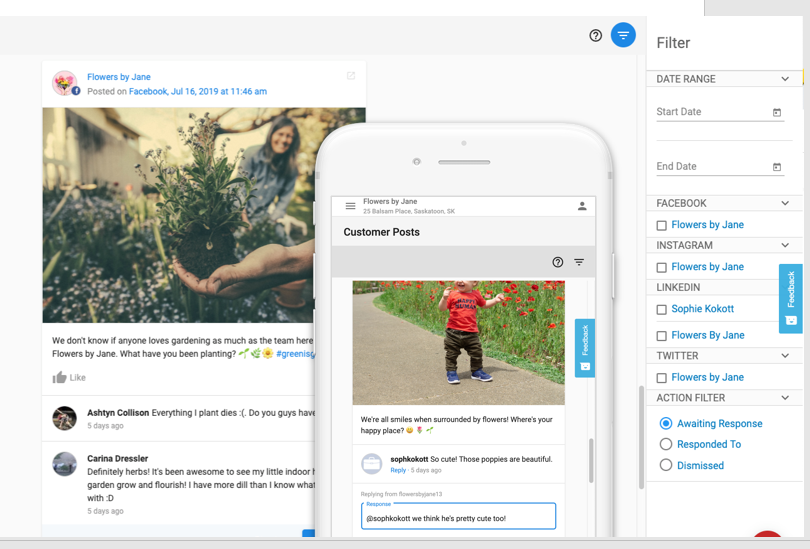
Budgeting for Social Media: Allocation and Management
Allocating a budget for social media is very important. It helps you get the most out of your strategies. First, figure out how much you can realistically spend on social media advertising, content creation tools, and hiring freelancers or agencies for certain tasks. Finding a balance between costs and goals helps ensure you see a return on your investment from your social media efforts.
When deciding how to allocate funds, think about your target audience, industry benchmarks, and the total scope of your social media activities. A good budget plan lets you focus your spending on the platforms and tactics that are most likely to deliver real results for your business.
Assessing Organizational Goals vs. Budget Constraints
When planning for
digital marketing, it is important to look at your business goals and the budget you have. Start by clearly stating what your business aims to achieve. Then, rank these goals by how much they matter and how well they fit with your overall plan.
Next, find the main digital marketing activities that will help you reach these goals. This could include social media advertising, content marketing, search engine optimization, or email marketing. Think about how much each of these will cost and decide where to spend your money to get the best return on investment.
If your budget is tight, look for cheaper options. You can use free or low-cost social media management tools, focus on creating organic content, or work with micro-influencers for better reach. The goal is to balance your marketing goals with your budget.
Costing Out Essential Resources and Tools
Managing your social media budget well means planning for the right resources and tools. Using social media management software can help a lot. It lets you schedule posts, check how well they perform, and handle multiple accounts from one place. Explore different options and compare the prices. This way, you can find one that matches your budget and needs.
You should also think about using content creation tools. These can make your social media posts look better. There are many choices, like graphic design software and video editing apps. They can really improve your content.
If you need help, don't forget about hiring freelancers or agencies for certain tasks. For example, you could get a freelance writer to create catchy social media captions or a graphic designer to make great visuals. This can give you more time and improve the quality of your social media posts.
Planning for Content Creation and Ad Spend
Set aside some money from your social media budget for creating content. This includes spending on great images, interesting videos, or even hiring freelance writers to make strong captions and copy. Good content is important to catch the attention of users and make them want to interact.
Social media advertising is a strong way to increase your reach and focus on specific groups of people. When planning your advertising budget, think about your target audience, what you want to achieve, and the platform you're using. Look into cost-per-click (CPC) prices and try out different ad styles to make the best use of your money.
Keep a close eye on how well your social media advertising campaigns are doing. Change things up if necessary. Watch important numbers like click-through rates, conversion rates, and cost-per-acquisition so you can get the most out of your advertising budget.
Investing in Engagement and Outreach Campaigns
Engagement campaigns help people connect and build a community around your brand. You might want to use some of your budget for contests, giveaways, or challenges. These actions can inspire your followers to join in and share your content.
Find and team up with brand advocates. These are people who truly love your brand and want to share their good experiences with others. You can offer them special perks, early access to new products, or share their posts as a way to thank them for their support.
Also, take time to build relationships with your followers through community management. Reply to comments and messages quickly. Join in on the right conversations and show real interest in what your audience thinks. This creates loyalty and strengthens the connection between your brand and its followers.

Content is King: Mastering Social Media Content Creation
In social media, content is very important. Creating fun and interesting content is key to catching your audience's short attention. Good content not only shares information and provides entertainment but also shows the good side of your brand and its values. It is essential for a successful social media strategy.
Content can take many shapes. You have eye-catching pictures, engaging videos, thought-provoking articles, and fun polls. Each type gives you a special chance to connect with your target audience, tell your brand's story, and reach your marketing goals.
Writing Engaging Copy That Resonates
Crafting catchy text is very important in social media. Every word matters because you want to grab attention in a quickly moving feed. First, know your target audience and how they like to talk. Use their words, understand their problems, and get them curious with interesting questions or strong statements.
Also, use storytelling in your social media content. Telling stories that bring up feelings, show real-life experiences, or share customer success can attract your audience. This helps build a closer connection with your brand.
Lastly, let your brand's personality show in your writing. Use fun humor, smart thoughts, or a bit of cleverness. Let your brand's unique voice come through.
Utilizing Visuals: Images and Videos
In the fast-moving world of social media, visuals matter a lot. Bright images and fun videos are better at grabbing attention than posts filled with text. It's a good idea to spend time on high-quality photos or graphic design. This way, your visuals will look nice and match your brand.
Videos have become a strong way to share information, tell stories, and catch people's interest. Try out different types of videos, like behind-the-scenes looks at your brand, product demos, or customer reviews.
When you create visual content, remember to adjust it for each social media platform. Each platform has its own size needs for images and video shapes. By customizing your visuals, you can make sure they look right and leave a good impression.
Embracing the Power of Stories and Live Streams
Live streams are a great way to connect with your audience in real-time. You can host Q&A sessions, show how your products work, or take viewers on behind-the-scenes tours. It helps to promote your live streams ahead of time to build excitement and boost participation.
Ephemeral content, like Instagram Stories, creates a sense of urgency and gets people to engage quickly. Use this to share behind-the-scenes clips, quick tips, daily polls, or special offers that last a short time.
Keep up with new social media trends and try out new features as they come up. By embracing change and adapting to the world of social media, you can keep your content fresh and engaging for your audience.
Curating Content and Encouraging User-Generated Content
Content curation is about sharing relevant content from other sources in your industry. This shows that you are a leader in your field and helps your followers enjoy a variety of content. Always remember to credit the original source when curating. This keeps things ethical.
You should encourage your loyal customers to share their experiences with your brand. Their user-generated content (UGC) is very valuable. It provides trust and true social proof for potential customers.
Reposting UGC is a great way to thank your followers. It helps create a community and shows the different views of your customers. You might want to make a special hashtag for UGC so others can easily find it.
Enhancing Collaboration Across Teams
Working well together is key for a strong social media presence. It is important to have clear ways to communicate. Use project management tools, so every team member knows the goals, deadlines, and content schedules.
Regular team meetings can help you share new content ideas. They are also good for talking about how things are going and any issues or chances to improve. When teams work well together, they can use their combined creativity and skills to make their social media efforts more effective.
Building Effective Communication Channels
Effective communication is key to working well together, especially when managing social media accounts. Set up clear ways for team members to share information, give feedback, and delegate tasks easily.
Use online tools to keep communication organized, share files, and update projects. Tools like Slack, Microsoft Teams, or other project management apps can help workflows and reduce misunderstandings. Promote open and honest communication among team members. Create a culture where asking questions is welcomed, everyone's ideas are appreciated, and feedback is shared in a positive way.
Streamlining Workflow with Social Media Management Tools
Using a social media management tool is important for making your social media team work better and faster. These tools help you manage tasks, like scheduling posts and tracking brand mentions. You can analyze performance and handle many social media accounts all from one dashboard.
Features like content calendars, approval processes, and teamwork tools help keep communication smooth. This reduces mistakes and keeps your brand message consistent on all platforms.
Many of these tools also connect with other marketing platforms. For example, they can work with Google Analytics or
CRM systems. This gives you a complete view of your marketing efforts.
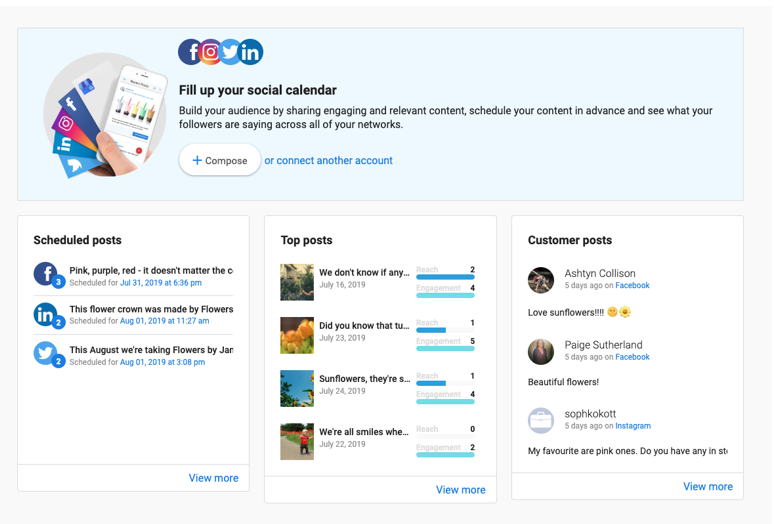
Boosting Engagement Through Active Listening
Active listening is not just about watching your social media channels. It is about looking for conversations about your brand, industry, or target audience. Be involved by answering comments, addressing questions, and joining discussions that matter.
When you show real interest and respond well, you create a community. This helps you build good relationships with your followers. It also helps your brand become a trusted voice in your industry.
Monitoring Brand Mentions and Conversations
- Keep a close watch on social media platforms for any mention of your brand, products, or services.
- Use social listening tools to follow keywords, hashtags, and what competitors are doing.
- Respond quickly and thoughtfully to users who talk about your brand, helping with any questions or concerns they might have.
- Look at customer feedback regularly, both good and bad. This will help you see what you are doing well and what needs work.
This feedback is important for improving your products, services, and overall experience for customers. Social listening helps you stay updated on trends in the industry. It can help you spot potential issues before they grow. It also helps you find chances to connect with your target audience in meaningful ways.
Responding to Feedback Promptly and Effectively
Responding to customer feedback quickly and effectively is important. It helps create a good brand image and builds customer loyalty. You should set clear rules and steps for handling questions, complaints, and comments on all your social media platforms.
Try to reply to messages and comments in a good amount of time. If customers have concerns, make sure to acknowledge them. Offer solutions when you can. Also, thank customers for their feedback, even if it's not good.
Training your team on the best practices for customer service and engagement helps keep a consistent brand voice. This leads to a positive experience for customers in all interactions.
Navigating Social Media Analytics and Reporting
Social media analytics give you a lot of information. This data can help you shape your strategies and get better results. Look at important numbers like engagement rates, reach, website traffic, and conversions. These will show what your audience likes and where you can improve.
Making reports about your social media performance is important. These reports show the value of your work to others. Share key wins, explain how your campaigns made an impact, and provide useful insights for your future marketing choices.
Analyzing Data to Inform Strategy Adjustments
Social media analytics platforms are full of data. When you look at this data smartly, it can help you change your marketing strategies based on real facts. Focus on key numbers that match your goals. This includes things like engagement rates, reach, website traffic, and conversion rates. Keep an eye on these numbers to see how well your content and campaigns are working.
Looking at the data can reveal trends and patterns you might not see right away. For example, you may find that some content does better on certain days or that a specific group of people engages more.
Use this information to improve your content strategy. You can change when you post, try out new types of content, and adapt your methods to connect better with your target audience. It’s important to remember that social media analytics are more than just nice-looking numbers; they are useful tools for ongoing improvement.
Reporting Back to Stakeholders
Talking about your social media results to stakeholders is very important. It helps get their support, shows the value of your work, and helps you get resources for the future. When you report to them, you should focus on key numbers. These numbers should match their goals and show how your social media work affects their business objectives.
Use clear and attractive charts, graphs, and infographics to share data in a simple way. Be sure to point out important achievements, like higher brand awareness, more website traffic, or new leads.
Give practical insights and suggestions based on your data review. This shows that you think strategically and can turn data into clear business outcomes.
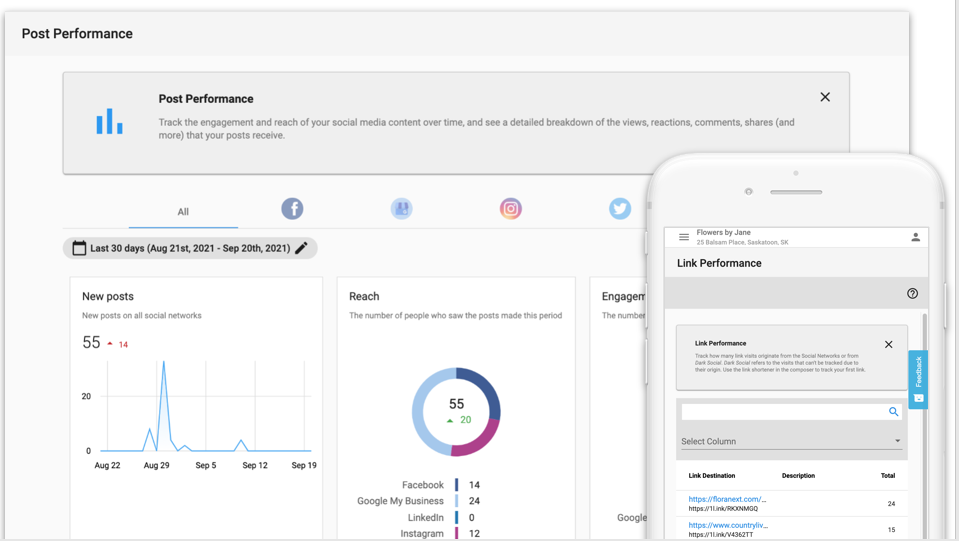
Special Considerations for Agencies Managing Multiple Accounts
Managing many social media accounts for different clients needs careful planning. You must have clear communication and work well. Set up systems to keep track of login details, content schedules, and client approvals.
Use social media management tools to help. These tools allow you to manage all accounts from one main dashboard. You can work as a team, get approvals easily, and track how each client's account is doing. This helps everything run smoothly and keeps clients happy.
Keeping an Organized Asset Library
Maintaining an organized asset library is important for agencies handling many social media accounts. You should create a main area to keep brand assets. This includes logos, brand guidelines, images, videos, and content templates that are already approved.
Make sure to use clear and consistent names for all assets. This will help you search for and find them easily. You can sort assets by client, campaign, or content type to make keeping things organized easier.
Having an organized asset library saves time. It reduces mistakes and helps keep the brand the same across all client accounts. It also allows team members to work better together. This way, there is no need for repeated file requests, which helps maintain brand integrity.
Implementing an Approval Process for Content
It is very important to set up a clear and efficient approval process for all social media content. This helps agencies keep their brand consistent, meet client needs, and lower risks. You should clearly state the roles and tasks in the approval process. Make it clear who will write content, check it for accuracy and brand fit, and give final approval before it goes live.
You can use social media management tools that have built-in approval workflows. These tools help team members and clients work together smoothly, keep track of different versions, and share feedback quickly.
Leveraging Time-Saving Tools and Integrations
Time is very important in the busy world of social media. Using tools like social media management platforms and automation features can help save you time. This frees you from boring tasks and lets you think more about your strategy.
You should look into joining other marketing tools to make your work easier. Linking your social media platforms with your CRM system, email marketing tools, or analytics dashboards can give you a complete view of your marketing efforts. This will help improve your overall efficiency.
Automation Tools to Boost Efficiency
Automation tools are very important for improving social media management. They help you work more efficiently. You can schedule posts ahead of time. You can also set up automatic replies for common questions. Using social listening tools helps you track when people mention your brand. This saves you a lot of time.
Look into automation options for tasks like sharing content on different platforms. You can also pick the best times to post by looking at how your audience engages. You can even customize messages based on what interests your followers.
By automating tasks that are repetitive or take a lot of time, you give your team the chance to focus on more important things. They can work on planning, creating content, and connecting with the audience. This way, you boost productivity and make a bigger impact.
Integration with Other Marketing Tools
Connect your social media platforms with other marketing tools. This will help you build a strong digital marketing system.
Use analytics tools like Google Analytics. They give you details about website traffic, conversion rates, and other key numbers. This helps you see how well your social media efforts are doing.
Linking with email marketing tools makes it easy to keep in touch with leads. You can send personalized emails. For example, you can set up automatic emails that start when someone takes an action on social media, like signing up for your newsletter or downloading a lead magnet.
By joining your social media channels with other marketing tools, you get a complete view of your audience's journey. This allows you to create better and more focused campaigns.
The Future of Social Media Management: Trends to Watch
As technology moves forward and how people use it changes, social media is always changing. To keep up, you need to accept new ideas and get used to new platforms and features. Also, it is important to understand the new trends that will shape social media in the future.
The future of social media has many chances for businesses. With the growth of artificial intelligence (AI) and augmented reality (AR), plus the need for honesty and openness, businesses can find new and valuable ways to connect with their audience.
The Rise of AI and Machine Learning
Artificial intelligence (AI) and machine learning are changing social media. They give strong methods to automate tasks, personalize experiences, and improve efficiency. AI chatbots can answer customer questions, offer quick help, and gather useful data about what customers like.
Machine learning looks at large amounts of data to find patterns and gain insights. These insights can guide content strategy, ad targeting, and splitting audiences. By using these smart technologies, businesses can automate boring tasks, personalize interactions, and make their social media efforts better.
As AI and machine learning grow, we will see even more advanced uses. This can include predicting trends, analyzing feelings, creating content, and improving campaigns in social media management.
Importance of Authenticity and Transparency
In a time of social media filters and polished online profiles, people really like brands that are real and honest. Consumers appreciate true connections, relatable stories, and clear views of what those brands stand for.
To gain trust from your audience, you should be clear about your products or services. It's important to admit mistakes and talk openly with your followers.
Stay away from content that is too salesy or fake tries to look cool. Instead, let your brand's true voice shine, show the people behind your business, and work on making real connections with your audience.
To get good at social media management, you need to plan well. This includes creating interesting content and engaging with your audience. It's important to know who your audience is, set clear goals, and choose the right platforms. Budgeting, making content, and teamwork are also very important for success in social media. Always listen and respond to your audience, keep track of brand mentions, and analyze data for improvement. Stay updated on trends, use tools that save time, and adapt to the changing world of social media management for lasting growth. If you want expert help, feel free to book a free consultation with us today.
Frequently Asked Questions
What are the first steps in starting social media management?
Start by planning your strategy. This includes setting brand goals and finding your target audience. Then, look at your current social media and make notes. After that, create a content calendar. Choose social media platforms that fit your target audience and support your brand goals.
How often should I post on my company’s social media pages?
The best times to post can change, but being consistent is important. Create a content strategy. Find out the best times to post by looking at how your audience engages. Keep posting regularly, but do not flood your followers with too much content.
Can social media management increase sales?
Yes, managing social media well can help boost sales. By raising brand awareness and connecting with potential customers, businesses can use social media advertising to bring more visitors to their websites. This can lead to more conversions..
How do I measure the success of my social media campaigns?
Set clear goals for your campaign. Keep an eye on important key performance indicators (KPIs) like audience growth, engagement rates, website traffic, and conversions. Use social media analytics to check how you are doing. This will help you improve your campaigns and get better results.
What are the biggest challenges in social media management today?
Staying ahead of changes in algorithms is important. Adapting to updates on platforms can be tough. Fighting against a lot of content is a real challenge. Keeping engagement rates high is also essential. Finally, standing out from other brands is a big worry.

Ask A PPC: Is Google Ads Still Good Value For Money For Low Budget Accounts? via @sejournal, @navahf


